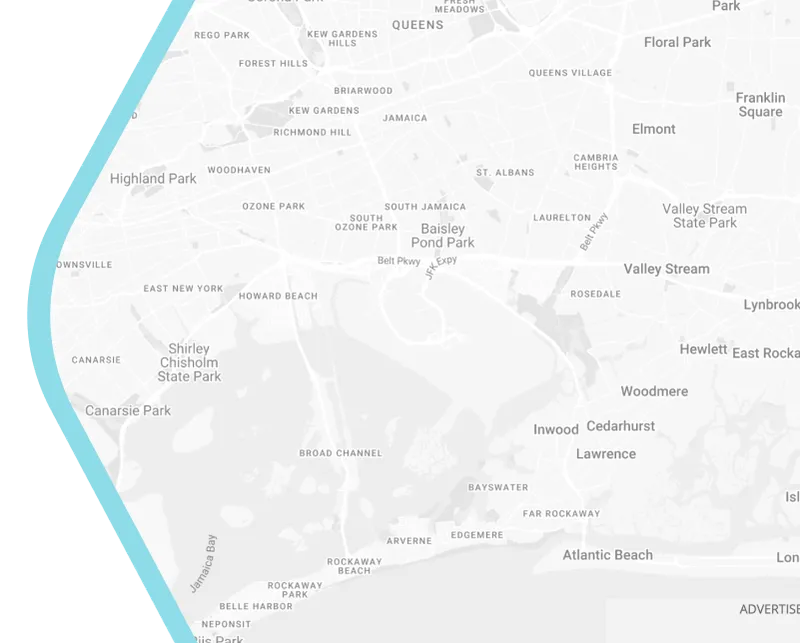
Five mechanisms for the design of public space in the era of networked urbanism
In the age of sensors, wireless networks, smartphones and other interactive technologies; the important role of physical public space may be overlooked. However, integrating those interactive technology can improve the qualities of physical space as de Waal et al. (2021) explains the five concepts that can enhance the public space qualities in cities, those are,
One, sense of place, a space where individual and communal identities meet.
Two, playful interaction, a quality that activates the relational qualities of the public space.
Three, personalisation, a mechanism that invokes a sense of belonging, by also making room for privacy for individual or group activities in the public sphere.
Four, routing and legibility, aims at facilitating better navigation of the city.
Five, control, a strategy to regulate or nudge social behavior in public space.
Interactive technology is a useful tool to create those five qualities. For example, by analysing the data from sensors, we can identify where people go, gather, or walk. Which then could manifest in better design of benches, shades, pathways etc. Installing a hybrid of physical and digital artwork can be a tool that invites public engagement through the help of social media. The art installation can also act as a landmark that can help navigation and a sense of direction with the help of other digital navigating apps.
From this approach, de Waal et al. (2021) argue that the advancement of ICT should not divide the community interaction in both digital and physical world, but bridge the gap and connect more people in the public space.
Reference:
de Waal, M., Suurenbroek, F., & Nio, I. (2021). Responsive public spaces: Five mechanisms for the design of public space in the era of networked urbanism. In Shaping Smart for Better Cities (pp. 33-54). Academic Press.
